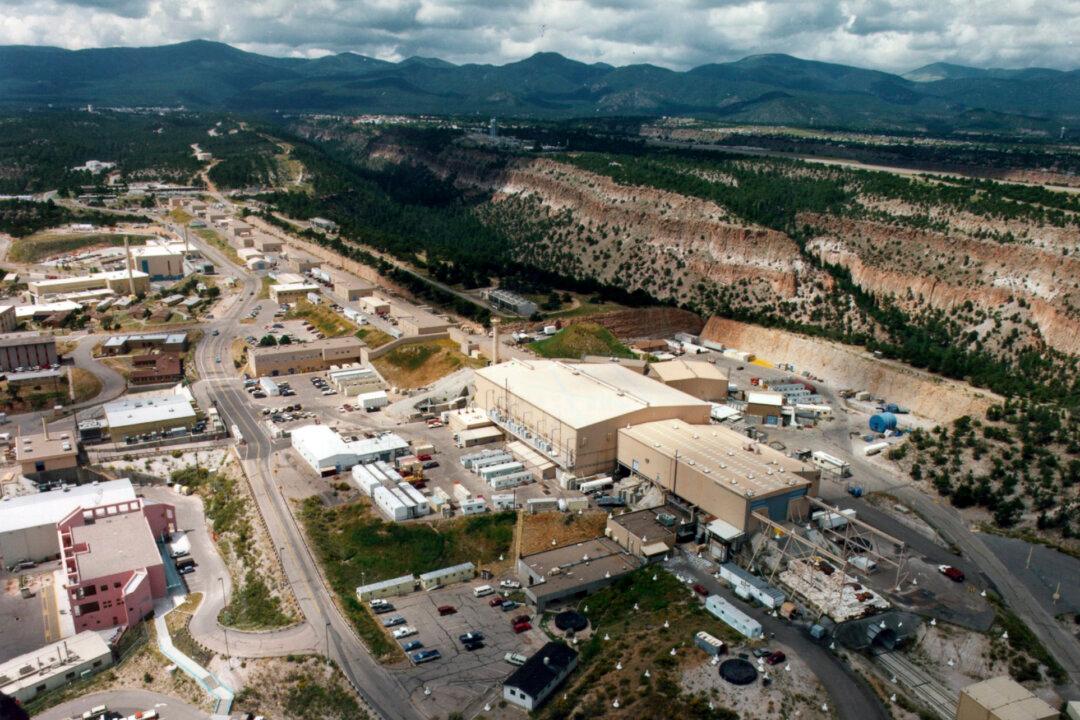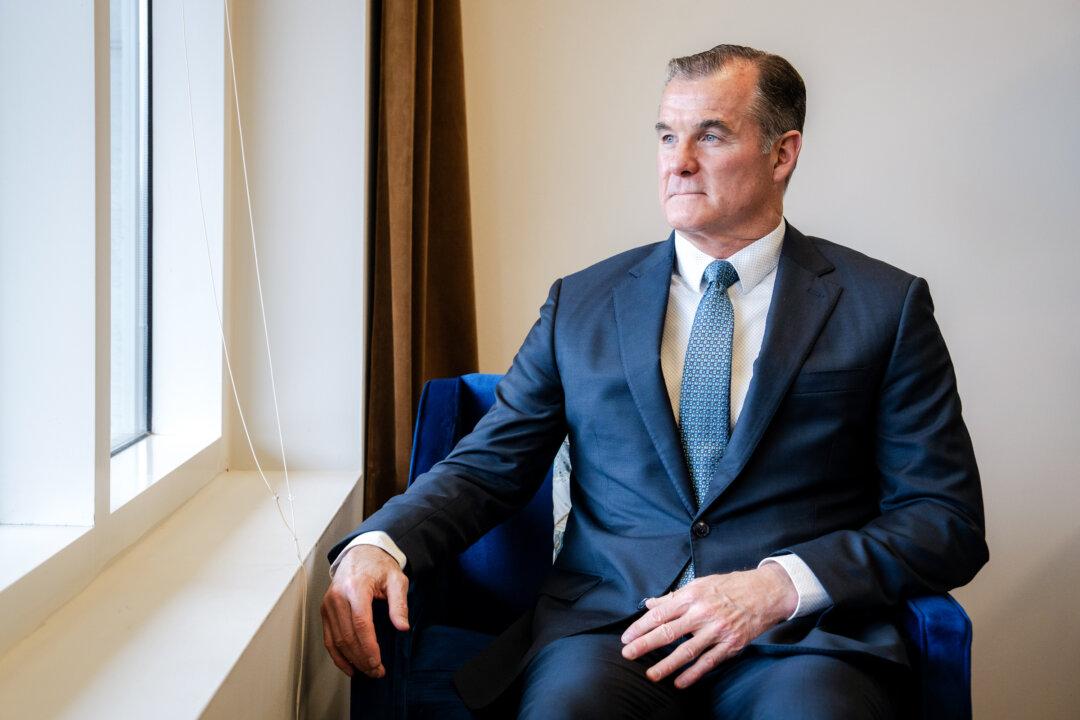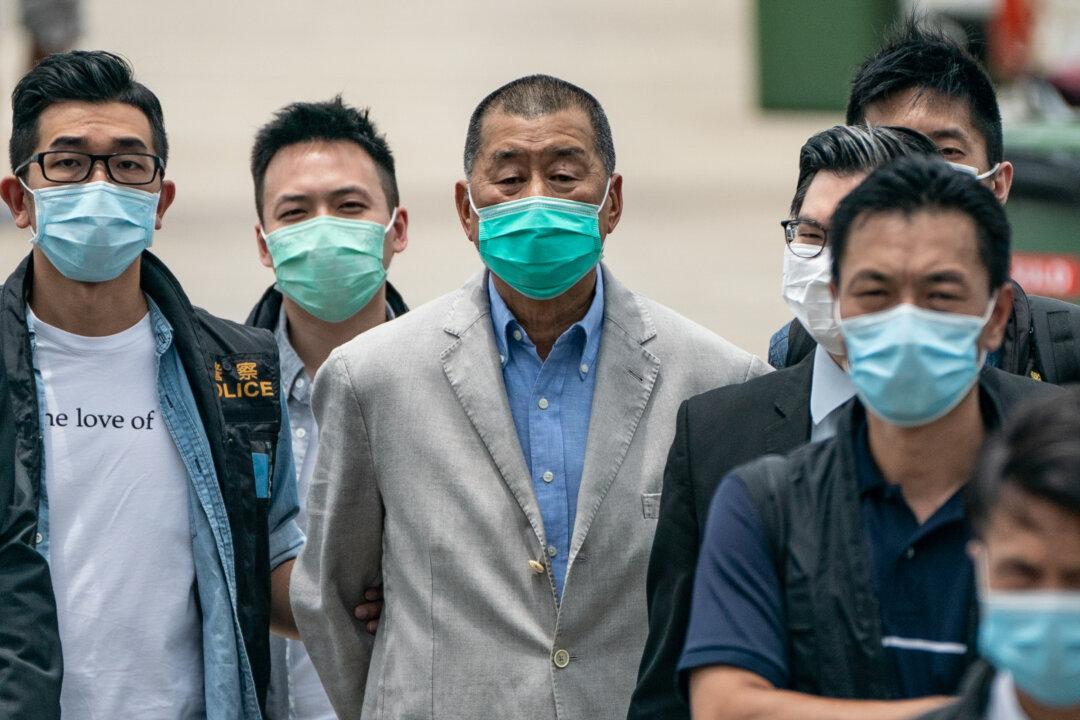NEW YORK—The world’s largest Light Image Detection and Ranging (LiDAR) map is now available to help New Yorkers estimate the solar power potential of their buildings. City University of New York (CUNY) researchers and programmers were joined by energy, city, and federal officials to announce the launch of this interactive tool at the “Solar Summit” in CUNY’s Graduate Center in Manhattan on Thursday.
“The release of the solar map is another example of New York City’s commitment to supporting the development of solar energy as part of PlaNYC,” said Deputy Mayor Stephen Goldsmith. “By putting valuable data and analysis at the public’s fingertips, the solar map will allow New Yorkers to better understand the potential impact that pursuing solar energy can have on the power grid.”
The LiDAR map highlights existing solar installations and real-time solar energy production, as well as calculating the costs for converting a building or rooftop, savings in energy bills, and how soon one would see a return on the investment.
“One of the key things that the city values to do is facilitate market value decisions with better information, and this is exceptional, because through the technology that we profiled today, we will provide information to the market without the transaction process,” Goldsmith said.
The map was largely developed by Sustainable CUNY and built by the Center for Analysis and Research of Spatial Information (CARSI).
“Basically, this is a highly detailed, three-dimensional map of the city,” said professor Sean Ahearn, CARSI director. The department then used the model to find a calibration for the solar potential for every square meter of each of NYC’s 1 million buildings, which is about 15 billion coordinate points on the map.
He says there is 615 million square feet of usable roof space for solar PV installations in NYC, which, if put into effect, would translate to a solar potential of 5,800 megawatts at peak output—about 40 percent of the entire city’s electrical demand at peak time.
“What we’ve done is taken an abstraction and turned it into something very tangible for the 1 million buildings of New York City,” Ahearn said. “They know what they’d have to do, how to do it, what their return that is, and if these individuals take advantage of it, which I think they will once they see it, that’s collective good for the entire city. It will really reduce the strain on the grid. It will reduce our carbon footprint, and it will create green jobs.”
Seth Pinsky, the NYC Economic Development Corporation president, said this was only the beginning.
“We have many other initiatives for a green economy that are active in development today,” Pinsky said.
Jennifer DeCesaro, representative for the U.S. Department of Energy, encouraged those working toward developing green energy to apply for the SunShot initiative, which would award teams across the country grants up to $1 million.
“The release of the solar map is another example of New York City’s commitment to supporting the development of solar energy as part of PlaNYC,” said Deputy Mayor Stephen Goldsmith. “By putting valuable data and analysis at the public’s fingertips, the solar map will allow New Yorkers to better understand the potential impact that pursuing solar energy can have on the power grid.”
The LiDAR map highlights existing solar installations and real-time solar energy production, as well as calculating the costs for converting a building or rooftop, savings in energy bills, and how soon one would see a return on the investment.
“One of the key things that the city values to do is facilitate market value decisions with better information, and this is exceptional, because through the technology that we profiled today, we will provide information to the market without the transaction process,” Goldsmith said.
The map was largely developed by Sustainable CUNY and built by the Center for Analysis and Research of Spatial Information (CARSI).
“Basically, this is a highly detailed, three-dimensional map of the city,” said professor Sean Ahearn, CARSI director. The department then used the model to find a calibration for the solar potential for every square meter of each of NYC’s 1 million buildings, which is about 15 billion coordinate points on the map.
He says there is 615 million square feet of usable roof space for solar PV installations in NYC, which, if put into effect, would translate to a solar potential of 5,800 megawatts at peak output—about 40 percent of the entire city’s electrical demand at peak time.
“What we’ve done is taken an abstraction and turned it into something very tangible for the 1 million buildings of New York City,” Ahearn said. “They know what they’d have to do, how to do it, what their return that is, and if these individuals take advantage of it, which I think they will once they see it, that’s collective good for the entire city. It will really reduce the strain on the grid. It will reduce our carbon footprint, and it will create green jobs.”
Seth Pinsky, the NYC Economic Development Corporation president, said this was only the beginning.
“We have many other initiatives for a green economy that are active in development today,” Pinsky said.
Jennifer DeCesaro, representative for the U.S. Department of Energy, encouraged those working toward developing green energy to apply for the SunShot initiative, which would award teams across the country grants up to $1 million.





